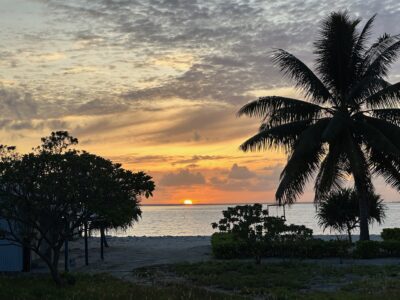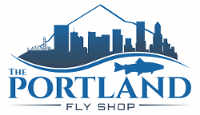Upper Columbia River Trout Fishing & Black Bear Lodge
The Upper Columbia River is bar far one of the most unique and amazing trout fisheries in the world. We fish about 8 miles South of the Canadian Border out of Northport, Washington. While it’s still an absolutely giant body of water, it is a very different river from what we know as the Columbia from Mid State. In Northport, the Columbia fishes much more like a spring creek than a giant western river. With a gravel bottom, gin clear water, and giant trout, it is one of the last truly remote, trophy trout rivers left in the States.
Upper Columbia Rainbows are true survivors. Their ancestry actually derives from Columbia basin Steelhead. The Grand Coulee Dam was built in 1942, they opted out of a fish ladder, and thousands of summer Steelhead ended up trapped in the river system. Years later, they have lived on to become naturally spawning, resident Rainbow Trout. With the Steelhead genetics still in the DNA chain, they are some of the biggest and hardest fighting fish we have ever chased.
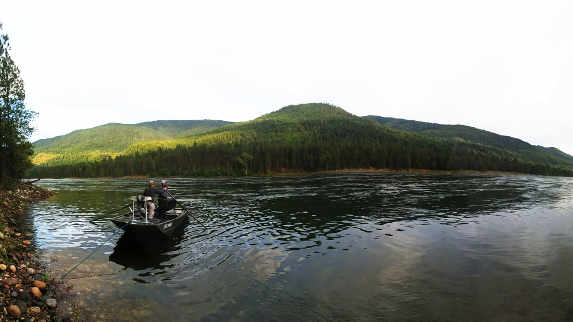
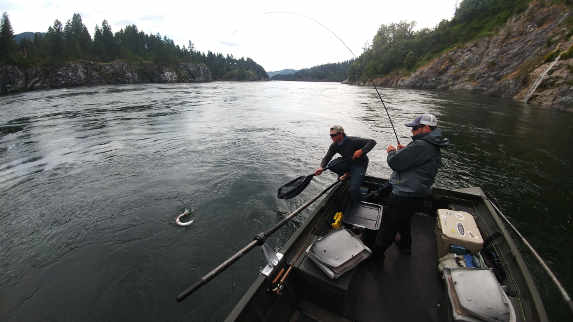
We typically start out trips up here looking for the massive Green Drake Hatches in Late Spring/Early Summer. This is some of the finest dry fly fishing in the world. Casting giant size 8 dry flies to 20+ in Rainbows boiling the surface is something that you must experience to fully appreciate. The level of excitement is off the charts, and once the drakes start popping off, it can turn into an absolute feeding frenzy.
We fish long days in Drake season, typically getting on the river around 1PM and fishing until you can’t see the tip of your rod, usually around 10PM. Eat a late dinner, drink a bit, tell stories and laugh until bed time (bed time changes each year, but is always earliest on the last night), and sleep in a bit the next morning, not having to worry about hitting the river at the crack of dawn, and cast sipping fish again all day.
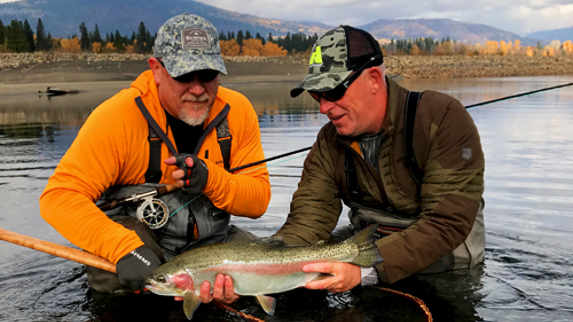
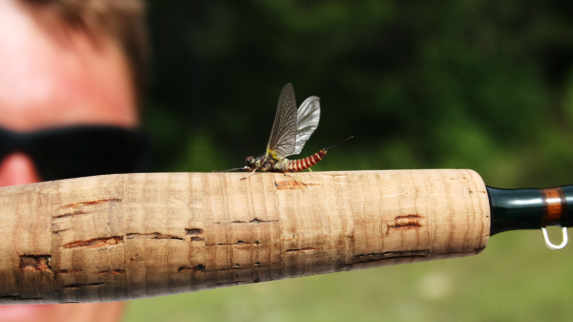
We run a second trip in the fall each year, this time focusing on Fall Caddis and Hoppers. This is terrestrial fly fishing in its prime. We focus on bank fishing, fishing fast seams and foam lines to exploding trout eager to eat a big meal. These fish can attack dry flies with such aggression, breaking 3x on a hook set is almost common. Having fresh tippet, and premium flies tied in top quality hooks is a must for this river. Any weak link in your gear will be exploited by these fish and will end up cost you a trophy.
Due to the overall size of the river, we fish from Jon boats that have outboards on the back. The guide will motor to the good water, shut down and hit the oars, rowing you in stealth mode into rising fish. If it’s good, we’ll motor back up and do it again. If it’s a bust, we’ll go find new water. Seeing these guides row a heavy Jon boat in a river that averages over 120,000 CFS is amazing in it’s own right, but seeing how that can keep you in the zone and positioned perfectly to make the best casts, is truly remarkable. Only a few are good enough to be able to guide this river.
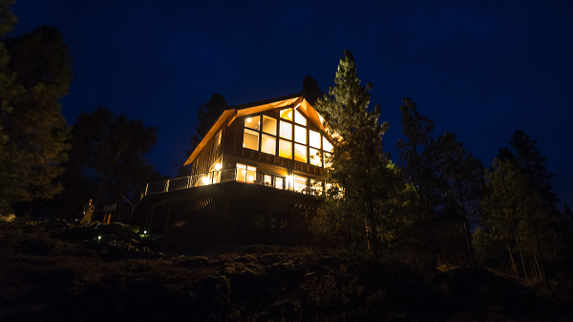
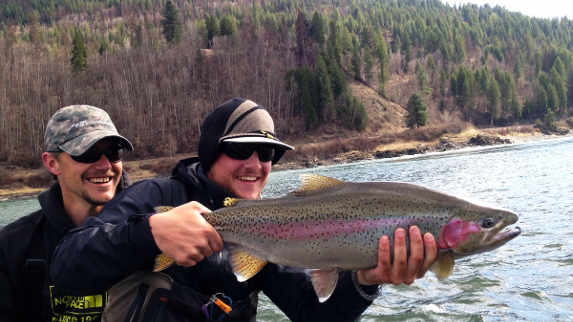
We cannot get any closer to the river. The lodge provides us with convenience and comfort, a great place to stay and tell stories about the ones landed and the ones that ‘got away’. Lodging is based on two people per room. In addition to the fishing we have a myriad of non angling activities for those that would rather do other things….Interpretive scenic river floats, birding, day hikes, winery tours, etc.
Due to tight scheduling at the lodge, we typically stay the night in Spokane the evening before and finish the 2 hour drive to the lodge the morning of our first fishing day
Spring /Summer 2025 Trip Dates:
Trip Details
Arrive in Northport, WA June 23rd around Noon – Check in and fish until dark
Fish June 24th & June 25th
Check out June 27th after breakfast
2 SPOTS OPEN
– 3 Days guided fishing
– 4 Nights Lodging
– All meals included – BYOB
Christmas Island 2025
November 4th – 11th
$3590.00
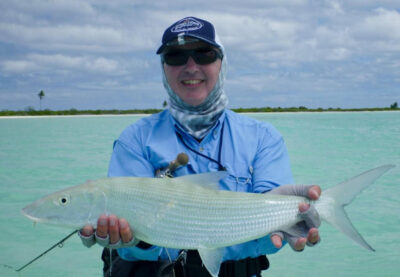
Christmas Island is the largest atoll in the world, encompassing about 250 square miles, including the
central lagoon, which, along with adjacent saltwater ponds, occupies about 125 square miles. The
lagoon is a maze of deep blue channels and white sand flats populated with bonefish, triggerfish, and
trevally. The island is the most easterly inhabited land mass near the International Date Line, and each
day, the inhabitants see the light of day before the rest of the world. The island is about 1,300 miles
south of Honolulu, just north of the Equator. Its official name is Kiritimati, pronounced Christmas (“ti”
sounds like “s”), and it is part of the Republic of Kiribati, pronounced Kiribass. The capital in Tarawa
is about 1,700 miles to the west. An outfitter assisted in founding The Villages in 2006 and designed it
to support the nearby community of Tabwakeua and the KPC church.
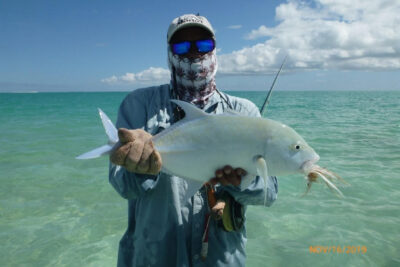
The Villages offers anglers two distinct
advantages over other lodges on Christmas
Island:
1. Location: Your boat is about a
thirty-second walk from the Lodge, and you
can fish the flats within minutes.
2. Personal Guide: Each angler is
assigned their own fishing guide. The
extra set of eyes really helps with
bonefishing.
Travel Time: The nearest flats are only a 5 to 10-minute boat ride from the Lodge. The flats are
broad, shallow, and easily waded, teeming with bonefish. Some flats are 15 to 30 minutes away, and
some are as far as 90 minutes. When the tides are favorable, you can wade and fish miles of narrow
flats and shallow reef zones on the ocean side of the island.
Boats: The Villages uses 35-foot outrigger boats with Yamaha 60-HP four-stroke outboards. Fishing lodges on the island
commonly use these Polynesian-style outrigger boats.
At 7:00 a.m. each morning, a boat takes three to five anglers and their guides to their fishing destination.
If the tides are right, trucks are used to access spots like the Korean Wreck or Huff Dam.
Guides: Each angler has their own
English-speaking guide. A 1:1 guide to angler ratio. Your guide assists with spotting bonefish or trevally and improves your chances of a hookup. He can also carry your trevally rod if you are bonefishing. A boat captain will drop you and your guides on the flats. When you’re ready to move, your guide will radio the captain, and he’ll transport you to a new location. You’ll have a new guide each day.
